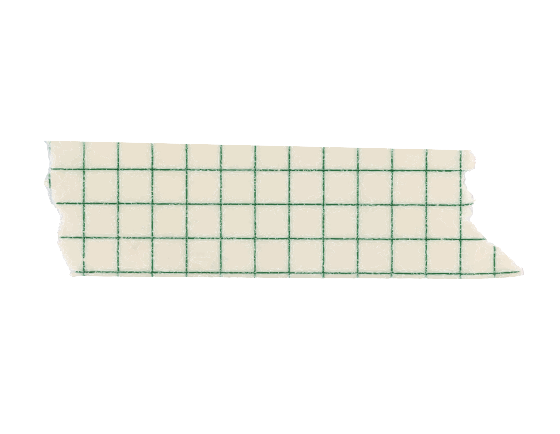
Each mural comes with its own information card, which tells you about the relative article of the Universal Declaration of Human Rights, the artist's point of view on the subject, as well as suggests activities for children aged 4 and above, 7 and above, 12 and above. The proposed content is intended as an introduction, and a springboard for reflexion around the protection and defense of human rights. It wishes to spark exchanges, and to encourage you to go one step further into exploring the themes tackled by the murals.
Map and booklet at the Centre Culturel de Jette or Jette Municipality
